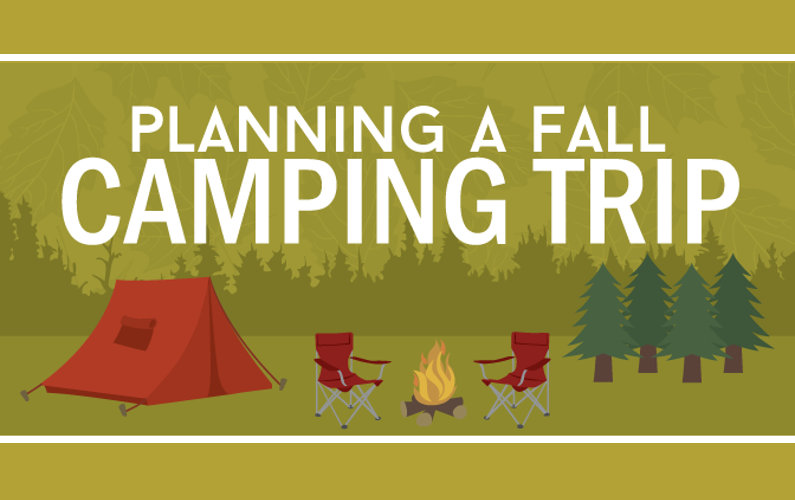The Grip Hitch is an easy and safe and secure way to set camping tent individual lines. It's also an excellent technique for backing out a persistent camping tent peg. It can likewise be used to produce a flexible tarp person line where the adjustment is made at the tent/tarp end. It works in high winds as it does not slide.
1. Bowline
Bowline is a knot that makes a loop at one end of a rope. It's very easy to tie and unknot, and it resists jamming rather well.
It's likewise a great knot to use for signing up with 2 lines together, although it's typically advised that you utilize a various strategy (such as a sheet bend or square knot) for this objective, to stay clear of having both separate bowlines wear against each other gradually and weaken the line.
One prospective issue with bowlines is that they can quickly jam or bind if the functioning end is inaccurately travelled through the bunny opening. Numerous essential failings have actually been reported as a result of this, particularly when utilized in climbing applications. To help stop this from taking place, you can make a left-handed bowline by passing the end around the standing part of the loop instead of via it, as received the animation below. This variant apparently carries out much better and withstands ring stress (a distending pressure applied either side of the knot) better than the standard bowline.
2. Grasp Hitch
Using these gripping drawbacks to safeguard your person lines helps you avoid the trouble of your line jamming while readjusting or tightening them. They are also valuable when affixing a line to a things that is tougher to get to than your standing end, such as a tree or big anchor object.
The Grasp Drawback is a friction knot that can be quickly moved up or down the line while slack however holds firm under tons. It works for tensioning ridgelines or man lines and for camping applications to secure tarpaulins or outdoors tents.
To connect the Hold Hitch, pass the functioning end around the standing component twice and put it under itself. To tighten, grocery bag pull on the functioning end to produce a bight and then utilize the bight to secure the knot to itself. For included safety, you can cover the working end around the standing part 3 times to raise rubbing and stop the hitch from sliding under lots.
3. Midshipman's Hitch
Also called the Taut Line Drawback (ABOK # 1856, p 310), Adjustable Hitch, or Rigger's Drawback this knot produces an adjustable loophole at the end of a rope that can be glided backwards and forwards the standing end but still holds securely when tightened. It is additionally simple to unknot while under load.
Ashley suggests this knot for an outdoor tents guy line because unlike the bowline it can be tied while under lots and is less susceptible to twisting. It also forms an intermediate Awning Drawback that can take the initial lots while linking the last Half Hitch
To use this knot cover the functioning end around an item such as a pole or cleat. Next pass it back toward the object through the first Fifty percent Drawback developing a 2nd Awning Drawback. Ultimately coating linking the last Fifty percent Hitch and pull hard to dress and tighten. For additional safety wrap a second Midshipman's Hitch on top of the very first.
4. Flexible Hold Drawback.
The Flexible Hold Drawback, additionally referred to as the Crawley Adjustable Hitch and the Adjustable Loop Knot, is a friction drawback that can be conveniently changed up or down a line with slack however holds firm under tons. It is typically made use of for adjusting tent ridge lines or tarpaulins around camp.
This slide-and-grip knot provides excellent grip and is simpler to tie than the Tautline Drawback or Midshipman's Hitch, however shouldn't be utilized for vital applications because it might slip when shock packed. It can be improved by adding extra beginning turns to boost the "grasp" and rubbing in slippery materials.
To tie this friction hitch, pass the working end around the item, after that wrap it back together with itself and put completion under the 2nd turn. Pull the working end to tighten up the knot.
